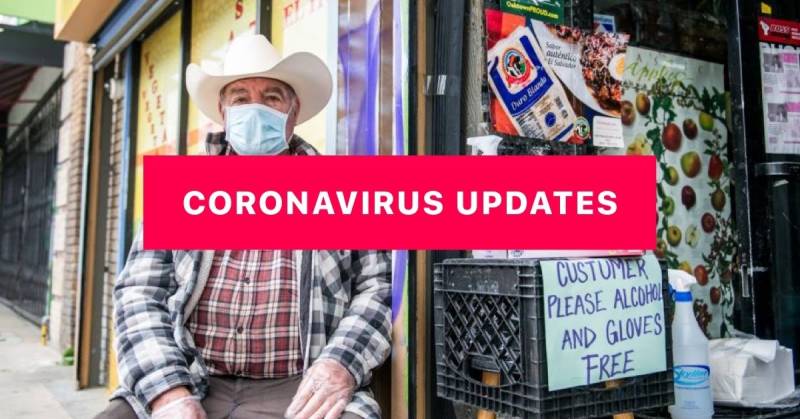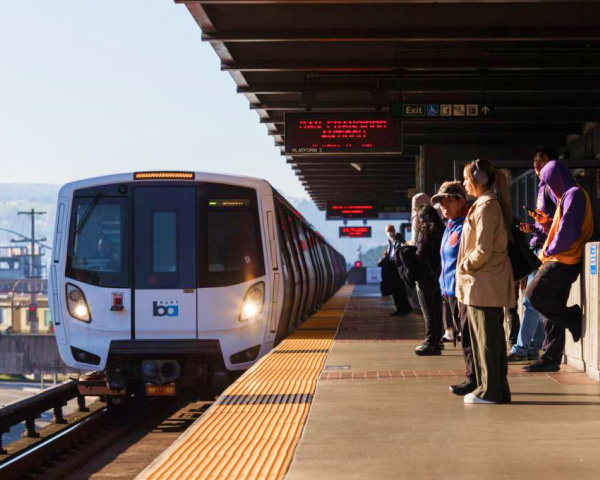When Virginia Hedrick first heard about the coronavirus circulating on cruise ships off the coast of California back in March, it made her think of the first ships of European settlers that arrived centuries ago, also teeming with disease.
Various outbreaks and epidemics spread in the following centuries, particularly measles and smallpox, with Indigenous people suffering hugely disproportionate rates of illness and death.
“So some would say that it was an unintentional spread of infectious disease upon contact. Others would say it was absolutely intentional,” says Hedrick, a member of the Yurok tribe who grew up on a reservation in Humboldt County. “The United States government was absolutely distributing smallpox infected blankets to tribal communities.”
Now, during the 2020 coronavirus pandemic, American Indians are 3.5 times more likely to get sick with COVID-19 than white people. For all these reasons, past and present, Hedrick says, Indigenous people should be moved toward the front of the line to receive a vaccine.
California health officials have made clear they want equity and transparency to be a priority in deciding how to allocate the first scarce supplies of a vaccine. In divvying up the first doses for health care workers, the state is prioritizing hospitals in low-income areas before wealthy areas.

